Effects of Soil Erosion on Crop Productivity in Afgoye, Lower Shabelle- Somalia
Article Information
Yusuf Ali Abdulle*, Mohamed Farah Hussein, Ahmed Mohamud Mohamed, Abdikafi Hassan Mohamud, Abdi Fatah Ibrahim Osman, Bakar Abdullahi Mohamuud, Fahma Hassan Idiris
Faculty of Agriculture, Salaam University, Mogadusho, Somalia
*Corresponding Author: Yusuf Ali Abdulle, Faculty of Agriculture, Salaam University, Mogadusho, Somalia.
Received: 08 July 2022; Accepted: 30 August 2022; Published: 05 September 2022
Citation: Abdulle YA, Hussein MF, Mohamed AM, Mohamud AH, Osman AFI, Mohamuud BA, Idiris FH. Effects of Soil Erosion on Crop Productivity in Afgoye, Lower Shabelle-Somalia. International Journal of Plant, Animal and Environmental Sciences. 12 (2022): 115-122.
View / Download Pdf Share at FacebookAbstract
Soil erosion is agriculture’s enemy: a major environmental threat to sustainability and productivity with knock-on effects of the climate crisis and food security. The study aimed to assess “the effect of soil erosion on crop productivity in Afgoi district lower Shabelle-Somalia. The researchers used a descriptive research design with quantitative methods with a population study of 60 people out of which a sample size of 52 non-probability sampling used to select the sample, and they included well experienced people. Using purposive sampling respondents were chosen from the different departments selected and questionnaires distributed to the selected respondents. Primary data used during collection of data. Data collected by use of questionnaire method and analyzed in the form of tables and figures. The study reported that most of the respondents of this study 23(44 %) were answered strongly agree, this shows that floods are a major cause concern soil erosion. The result indicated that most of the respondents 20(38%) of the respondents were answered agree, and this implies that low yield is one of the effect of soil erosion on crop productivity. The study indicated that most of the respondents 25(48%) were answered strongly agree and this implies that planting cover crops is a major reason that manage soil erosion on crop productivity. The result indicated that most of the respondents 34(65%) were answered yes and this implies that soil fertility decreases due to soil erosion. Our studies recommended that the farmers must plant windbreak and cover crops to avoid soil erosion on crop productivity and also, government must help farmers and do continuous research to decrease soil erosion on crop productivity.
Keywords
Soil erosion; Floods; Cover crops
Article Details
1. Introduction
Soil erosion is the biggest threat to soil fertility and productivity, as it removes organic matter and important nutrients and prevents vegetation growth, which negatively affects overall biodiversity [1]. Soil erosion changes the physical, chemical, and biological characteristics of soil, which leads to a drop in potential agricultural productivity and gives rise to concerns about food security, especially in the context of a growing world population [2-4]. Soil erosion is a global challenge, negatively impacting food productivity, water security and biodiversity [5-7]. Soil erosion causes huge losses to the economy, reduced soil fertility, decreased crop yields and increased water usage [8]. On both agricultural and non-agricultural land, soils are host to an important fauna whose diversity is, by some measures, larger than that of its aboveground counterpart [9].
The process of soil erosion cause on-site soil deterioration at an irreversible scale and is measured using average quantity of removed soil from an area within a defined period. The level of soil detached and transported to surface water bodies within a time scale over a specific area is known as the sediment yield, and it serves as an important procedure in catchment erosions. The soil erosion mechanisms have an effect on how much water the soil can hold, how rapidly water flows over the soil, and its movement below surface. Soil erosion monitoring is a very key to recognizing vulnerable areas and for measuring the yield of deposits in the field. There is little doubt that soil erosion has a detrimental effect on global soil resources. The depletion of the soil has led to major instability and undoubtedly contributed to the collapse of relatively advanced societies in the past [10].
Globally soil erosion is one of the most serious environmental and public health problems faced human society. Each year about 10 million ha of cropland are lost due to soil erosion thus reducing cropland available for food production. The loss of cropland is a serious problem because world health organization reports that more than 3.7 billion people are malnourished in the world. Overall soil is being lost from the land areas 10 to 40 times faster than the rate of soil renewal imperiling future human food security and environmental quality [4]. Cropped land is particularly vulnerable to erosion due to the exposure of bare soil for lengthy times of the year and disturbance of soil structure during farming operations such as tillage [11]. Soil erosion and the effects of soil erosion on crop productivity have become emotional issues and have attracted the attention of agriculturist, environmentalists, and the public in general.
East Africa is particularly vulnerable to soil erosion due to steep topography, fragile soils and intense rainfall [12]. In Somalia soil loss is major concern for land managers due to its influence on biomass production, surface water quality and landscape beauty. The risk of soil loss is accelerated by the removal of vegetation, bad land use practices and negative impacts of urbanization. The political upheavals and consequent insecurity in the country are major limitations for detailed database and research in soil loss. About 24 percent of northwestern Somalia was depicted to have no significant human-induced soil loss while 68 percent of the region is in the threat of soil loss if no action is taking against removal of vegetation, land use practice, and policies on land tenure system. About 8 percent of the area is at high risk of soil loss due to negative effect of urbanization and luck of proper management of steep slopes [13]. This study aims to investigate the effect of soil erosion on crop productivity in afgoye district lower Shabelle Somalia [14].
2. Materials and Methods
2.1 Study area
This research was conducted on farms in Afgoye that suffer from soil erosion on crop productivity.
2.2 Target population
All Afgoye farmers who faced soil erosion on crop productivity during delivery will be target population.
2.3 Study population
Farmers who live in Afgoye district faced soil erosion on crop productivity during delivery will be study population reported by researchers with study population of 52 respondents.
2.4 Sample size
Where ‘N’ is the required sample size, ‘N’ is the target population size and ‘E’ is the standard error or level of significance, which is popularly known to be =0.05 or 5%.
The sample size was calculated as follows 
2.5 Sampling procedures/ techniques
The sampling techniques used probability and also the simple random sampling technique selected because the sample size contains big number of respondents that require being appropriately and proportionately represented.
2.6 Research instruments
This study will use questionnaire. Questionnaire is the most instruments that use all for this study. Since the questionnaire makes easy to collect the raw data.
2.7 Data gathering procedure
The procedure of data collection by hand questionnaire, which is going to collect the respondents, which admit at Afgoye farm.
2.8 Data analysis
The data of this study analyzed using (Statistical Packaged Social Science), SPSS (version 16).
2.9 Validity
Validity is the ability to produce findings that are in agreement with theoretical or conceptual values; in other words, to produce accurate results and to measure what is supposed to be measured. There are different ways of testing the validity of a result, as going back to the respondents and see if they agree or support the result. This is called face validity and could happen in personal conversations or in groups. In this study the researcher uses that way of testing the validity of the result.
2.10 Limitation of the study
- Some respondents do not answer probably, we will ask the information who are you, which organization is from on so others.
- Some farmers do not give any consideration, when you need reference, we will take request latter from the university.
3. Results
This study is only based on the responses from the questionnaire, which are relevant to the objective of the study.
3.1 Gender of respondents
The Table 1 and Figure 1 indicates that that most of the respondents 30(58%) were male followed by 22(42%) of the respondents were female. This implies that the majority of genders were male.
|
Frequency |
Percent |
|
|
Male |
30 |
58 |
|
Female |
22 |
42 |
|
Total |
52 |
100 |
Table 1: Gender of respondents.
3.2 Age of respondents
The Table 2 and Figure 2 below reported that most of the respondents of this study 20(38%) were aged between 25-31years, followed by 17(33%) of the respondents aged between 32-38 years, and finally 15(29%) of the respondents were aged between 18-24 years. this implies that the majority of age were 25-31 years.
|
Age group |
Frequency |
Percent |
|
18-24 |
15 |
29 |
|
25-31 |
20 |
38 |
|
32-38 |
17 |
33 |
|
Total |
52 |
100 |
Table 2: Age group of respondents.
3.3 Educational level of respondents
The Table 3 and Figure 3 below shows that most of the respondents of this study 15 (29 %) were secondary school, 11(21 %) of the respondents were bachelor degree, and 10(19%) of the respondents were primary education, 9(17%) of the respondents were master degree, finally 7(13%) of the respondents were not educated in field of agriculture. this shows the most of the respondents were secondary school.
|
Education |
Frequency |
Percent |
|
Primary education |
10 |
19 |
|
Secondary education |
15 |
29 |
|
Bachelor degree |
11 |
21 |
|
Master degree |
9 |
17 |
|
Not school at all |
7 |
13 |
|
Total |
52 |
100 |
Table 3: Educational level of respondents.
3.4 Marital status of respondents
The Table 4 and Figure 4 below shows that most of the respondents of this study 33(63 %) were single and 19(37 %) of the respondents were married.
|
Marital |
Frequency |
Percent |
|
Single |
33 |
63 |
|
Married |
19 |
37 |
|
Total |
52 |
100 |
Table 4: Marital Status of respondents.
3.5 Occupation of respondents
In the Table 5 and Figure 5 below shows that most of the respondents of this study 26(50%) of the respondents were employee, followed by 15(29%) of the respondents were students, and finally 11(21%) of the respondents were unemployed .This implies the majority of occupation were employee.
|
Occupation |
Frequency |
Percent |
|
Employee |
26 |
50 |
|
Unemployed |
11 |
21 |
|
Students |
15 |
29 |
|
Total |
52 |
100 |
Table 5: Occupation of respondents.
3.6 Floods are one of the most common factors that cause soil erosion
The Table 6 and Figure 6 below reported that most of the respondents of this study 23(44 %) were answered strongly agree, 20(38%) of the respondents were answered agree, 6(12 %) of the respondents were answered disagree, and finally 3(6%) of the respondents were answered strongly disagree. This shows that floods are major cause of soil erosion.
|
Floods |
Frequency |
Percent |
|
Strong agree |
23 |
44 |
|
Agree |
20 |
38 |
|
Disagree |
6 |
12 |
|
Strong disagree |
3 |
6 |
|
Total |
52 |
100 |
Table 6: Floods are one of the most common factors that cause soil erosion.
3.7 Wind can cause soil erosion during special season
In the Table 7 and Figure 7 indicates that most of the respondents 24(46%) of the respondents were answered strong agree, followed by 19(37%) of the respondents were answered agree and 5(10%) were answered disagree while 4(8%) were answered strong disagree and this implies that wind can cause soil erosion during special season.
|
Wind |
Frequency |
Percent |
|
Agree |
19 |
37 |
|
Disagree |
5 |
10 |
|
Strong agree |
24 |
46 |
|
Strong disagree |
4 |
8 |
|
Total |
52 |
100 |
Table 7: Winds can cause soil erosion during special season.
3.8 Does frequently tillage cause soil erosion in farms?
In the Table 8 and Figure 8 indicated that most of the respondents of this study 32(62%) of the respondents were answered yes, and finally 20(38%) of the respondents were answered no and this shows that frequently tillage cause soil erosion in farms.
|
Tillage |
Frequency |
Percent |
|
Yes |
32 |
62 |
|
No |
20 |
38 |
|
Total |
52 |
100 |
Table 8: Does frequently tillage cause soil erosion in farms?
3.9 Low yield is one of the effects of soil erosion on crop productivity
In the Table 9 and Figure 9 below indicates that most of the respondents 20(38%) of the respondents were answered agree, while 15(29%) of the respondents were answered strong agree, 10(19) were answered disagree, finally 7(13%) were answered strong disagree and this implies that low yield is one of the effect of soil erosion on crop productivity.
|
Low Yield |
Frequency |
Percent |
|
Agree |
20 |
38 |
|
Strong agree |
15 |
29 |
|
Disagree |
10 |
19 |
|
Strong disagree |
7 |
13 |
|
Total |
52 |
100 |
Table 9: Low yield is one of the effects of soil erosion on crop productivity.
3.10 Does soil erosion results low nutrients which effect in crop production
In the Table 10 and Figure 10 indicated that most of the respondents 39(75%) were answered YES, followed by 13(25%) of the respondents were answered NO and this implies that soil erosion result low nutrient which effect in crop production.
|
Soil erosion result low nutrient |
Frequency |
Percent |
|
Yes |
39 |
75 |
|
No |
13 |
25 |
|
Total |
52 |
100 |
Table 10: Does soil erosion result low nutrient which effect in crop production.
3.11 Agricultural productivity has extremely effect soil erosion on crop production
In the Table 11 and Figure 11 below reported that most of the respondents 22(42%) of the respondents were answered agree, 17(33%) of the respondents were answered strong agree while 8(15%) were answered disagree and 5(10%) were answered strong disagree; this implies that agricultural productivity has extremely effect soil erosion on crop productivity.
|
Agricultural Productivity |
Frequency |
Percent |
|
Strong agree |
17 |
33 |
|
Disagree |
8 |
15 |
|
Strong disagree |
5 |
10 |
|
Agree |
22 |
42 |
|
Total |
52 |
100 |
Table 11: Agricultural productivity has extremely effect soil erosion on crop production.
3. 12 Planting cover crops is a major reason that manage soil erosion on crop productivity
In the Table 12 and the Figure 12 below indicated that most of the respondents 25(48%) were answered strong agree, followed by 18(35%) of the respondents were answered agree while 6(12%) of the respondents were answered disagree finally 3(6%) were answered strong disagree and this implies that planting cover crops is a major reason that manage soil erosion on crop productivity.
|
Planting cover crops |
Frequency |
Percent |
|
Agree |
18 |
35 |
|
strong agree |
25 |
48 |
|
strong disagree |
3 |
6 |
|
Disagree |
6 |
12 |
|
Total |
52 |
100 |
Table 12: Planting cover crops.
3. 13 Control deforestation
In the Table 13 and Figure 13 indicated that most of the respondents 27(52%) were answered strongly agree, and 15(29%) were answered agree, while 6(12%) of the respondents were answered disagree, finally 4(8%) were answered strong disagree and this implies that control deforestation is one of the soil management that reduce erosion on crop productivity.
|
Control Deforestation |
Frequency |
Percent |
|
Strongly agree |
27 |
52 |
|
Agree |
15 |
29 |
|
Strong disagree |
4 |
8 |
|
Disagree |
6 |
12 |
|
Total |
52 |
100 |
Table 13: Control deforestation.
3.14 Does crop rotation manage soil erosion on crop productivity?
In the Table 14 and Figure 14 below indicated that most of respondents 33(63%) were answered YES, and finally 19(37%) of the respondents were answered NO and this shows that crop rotation manage soil erosion on crop productivity.
|
Crop rotation |
Frequency |
Percent |
|
Yes |
33 |
63 |
|
No |
19 |
37 |
|
Total |
52 |
100 |
Table 14: Does crop rotation manage soil erosion on crop productivity.
3. 15 The effect of soil degradation
In the Table 15 and Figure 15 indicated that most of respondents 32(62%) were answered soil erosion, and finally 20(38%) of the respondents were answered loss of fertile land and this shows that the most effect of soil degradation were soil erosion.
|
Effect of soil erosion |
Frequency |
Percent |
|
Soil erosion |
32 |
62 |
|
Loss of fertile land |
20 |
38 |
|
Total |
52 |
100 |
Table 15: The effect of soil degradation.
3. 16 Can soil fertility decrease due to soil erosion
In the Table 16 and Figure 16 shows that most of respondents 34(65%) were answered YES, and 18(35%) of the respondents were answered NO and this implies that soil fertility decrease due to soil erosion.
|
Soil fertility |
Frequency |
Percent |
|
Yes |
34 |
65 |
|
No |
18 |
35 |
|
Total |
52 |
100 |
Table 16: Can soil fertility decrease due to soil erosion.
3.17 Possible solutions to prevent soil degradation
The Table 17 and Figure 17 below reported that most of the respondents of this study 22(42 %) were answered stop or limit ploughing, 18(35%) of the respondents were answered bring back the trees, and finally 12(23%) of the respondents were answered replace goodness. This shows that stop or limit ploughing is possible solution to prevent soil degradation.
|
Possible Solutions |
Frequency |
Percent |
|
Stop or limit ploughing |
22 |
42 |
|
Replace goodness |
12 |
23 |
|
Bring back the trees |
18 |
35 |
|
Total |
52 |
100 |
Table 17: Possible solutions to prevent soil degradation.
4. Discussion
This study was examining the factors associated the effect of soil erosion on crop productivity. The sample size was 52; the instrument used in this study was questionnaire. Software package called SPSS (version 16) were used for data analyses. The study was conducted through a descriptive design; the objective of the study was to identify factors cause of soil erosion on crop productivity, to investigate the effect of soil erosion on crop productivity, and to determine the management of soil erosion on crop productivity. The researchers collected both primary and secondary data.
According to objective one (to identify factors cause of soil erosion on crop productivity) shows floods are one of the most common factors that cause soil erosion on crop productivity because 23(44 %) were answered strongly agree, 20(38%) of the respondents were answered agree; this shows that floods is a major cause concern soil erosion on crop productivity. Also believe (Wind can cause soil erosion during special season) because 45(87%) of the respondents were answered agree, while 7(13%) of the respondents were answered disagree and this implies that that wind can cause soil erosion during special season. and also believe (does frequently tillage cause soil erosion in farms) because 32(62%) of the respondents were answered yes.
According low yield is one of the effects of soil erosion on crop productivity because 42(81%) of the respondents were answered agree, while 10(19%) of the respondents were answered disagree and this implies that low yield is one of the effect of soil erosion on crop productivity. Also believe (Does soil erosion result low nutrient which effect in crop production) because 39(75%) were answered yes, followed by 13(25%) of the respondents were answered no and this implies that soil erosion result low nutrient which effect in crop production. Also believe (Agricultural productivity has extremely effect soil erosion on crop production) because 31(60%) of the respondents were answered agree, finally 21(40%) of the respondents were answered disagree and this implies that agricultural productivity has extremely effect soil erosion on crop productivity.
According planting cover crops is a major reason that manage soil erosion on crop productivity because 25(48%) were answered agree, followed by 27(52%) of the respondents were answered strong agree and this implies that planting cover crops is a major reason that manage soil erosion on crop productivity. Also deforestation is one the soil management that reduce erosion on crop productivity) because 43(83%) were answered strong agree, and finally 9(17%) of the respondents were answered disagree and this implies that control deforestation is one of the soil management that reduce erosion on crop productivity. Also crop rotation manage soil erosion on crop productivity) because 33(63%) were answered yes, and finally 19(37%) of the respondents were answered no and this shows that crop rotation manage soil erosion on crop productivity.
Recommendations
Based on the results and research findings of this study, the researchers suggested that the government must have strategies for reducing soil erosion on crop productivity in Afgoi district and other regions in Somalia as well as farmers should be provided training for soil management to increase productivity.
Acknowledgements
This research was financially supported by the Faculty of Agriculture, Salaam University, Mogadishu, Somalia.
Conflict of interest
The authors declare no conflict of interest.
References
- Scherr SJ. A downward spiral? Research evidence on the relationship between poverty and natural resource degradation. Food policy (2000): 479-498.
- FAO I. Status of the world’s soil resources (2015).
- Graves AR, Morris J, Deeks LK, et al. The total costs of soil degradation in England and Wales. Ecological Economics 119 (2015): 399-413.
- Pimentel D. Soil erosion: a food and environmental threat. Environment, development and sustainability (2006): 119-37.
- Panagos P, Borrelli P, Poesen J, et al. The new assessment of soil loss by water erosion in Europe Sci Policy54 (2015b): 438-447.
- Li Z, Fang H. Impacts of climate change on water erosion: a review Earth-Sci Rev163 (2016): 94-117.
- Blake WH. Soil erosion in East Africa: an interdisciplinary approach to realising pastoral land management change Res Lett 13 (2018): 124.
- Abdulle YA, Nazir T, Keerio AU, et al. In vitro virulence of three Lecanicillium lecanii strains against the whitefly, Bemisia tabaci (Genn.) (Hemiptera: Aleyrodidae). Egypt J Biol Pest Control 30 (2020): 1-6.
- De Deyn GB, Van der Putten WH. Linking aboveground and belowground diversity. Trends in ecology & evolution 20 (2005): 625-633
- Diamond J. The Enigmas of Easter Island by John Flenley and Paul Bahn Among Stone Giants: The Life of Katherine Routledge and Her Remarkable Expedition to Easter Island by Jo Anne Van Tilburg. New York review of books (2004): 6-10.
- Weatherhead EK, Howden NJK. The relationship between land use and surface water resources in the UK. Land use policy26 (2009): S243-S250.
- Wynants M. Drivers of increased soil erosion in East Africa's agro-pastoral systems: changing interactions between the social, economic and natural domains. Reg Environ Change 19(2019):1909-1921.
- Omuto CT, Vargas RR, Paron P. Soil Erosion and Sedimentation Modelling of the Areas Between River Juba and Shabelle in South Somalia. Technical Report No. 16. FAO-SWALIM. Nairobi, Kenya" (2009).
- Sutherland RA, Ziegler AD. Effectiveness of coir-based rolled erosion control systems in reducing sediment transport from hillslopes. Applied geography (2007): 150-164.

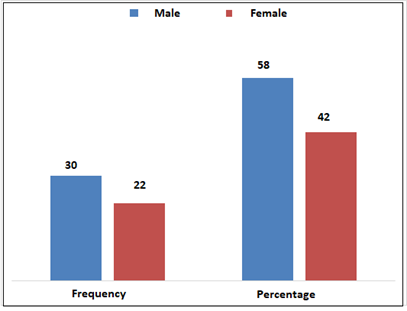
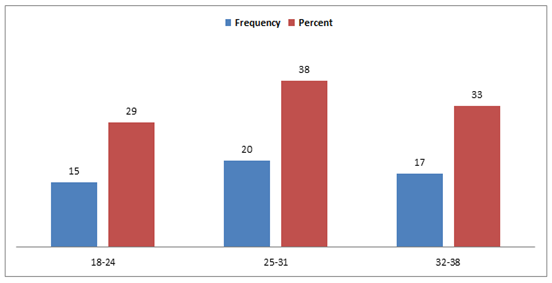
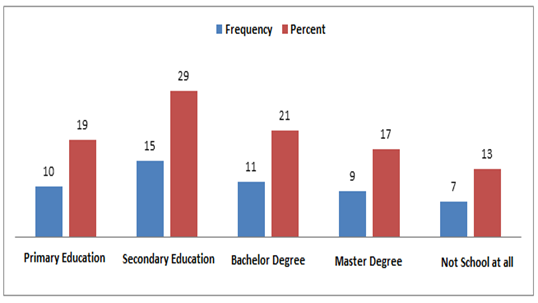
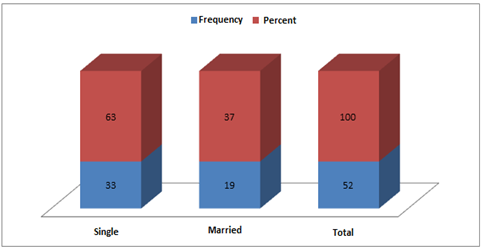
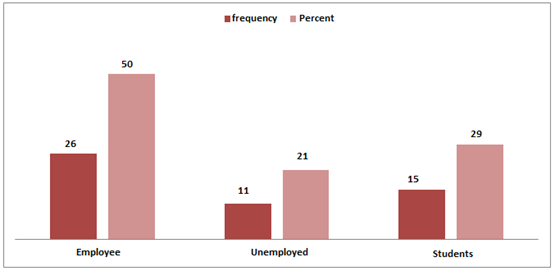
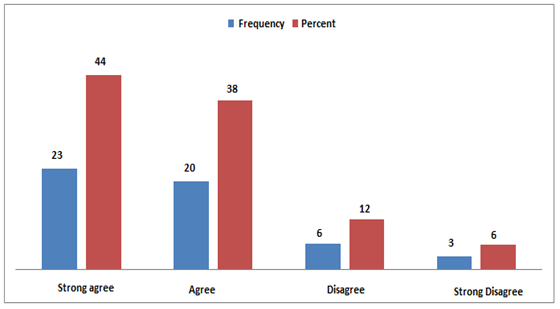
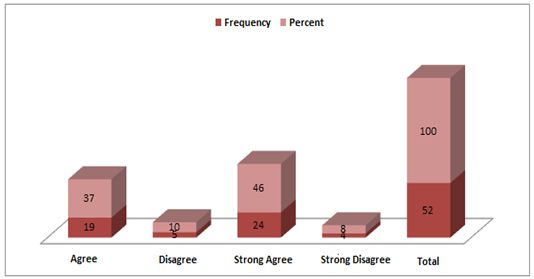
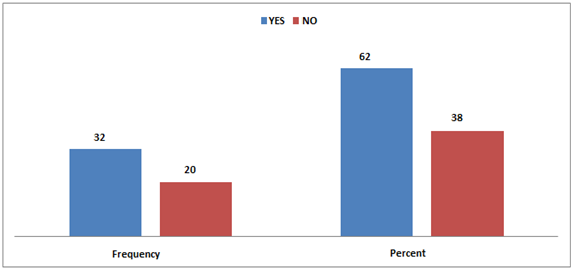
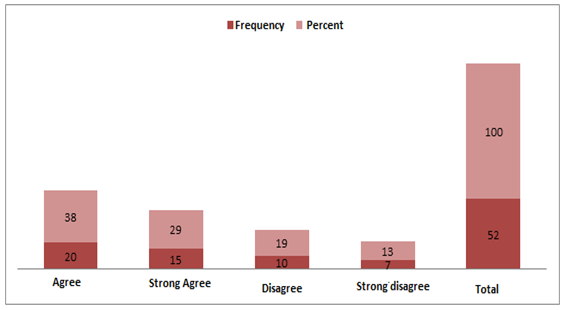
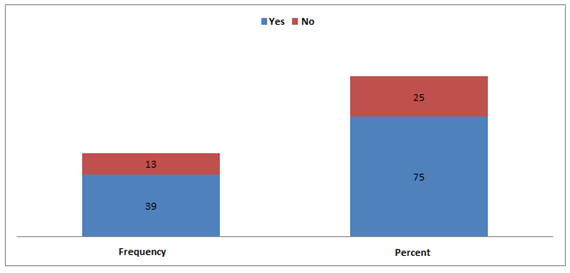
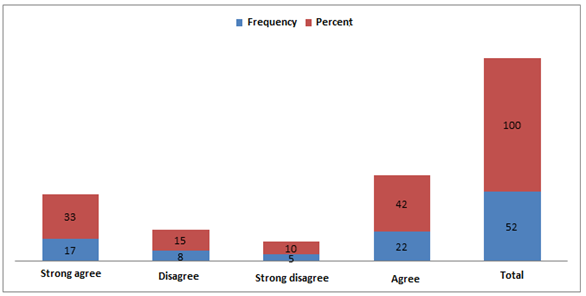
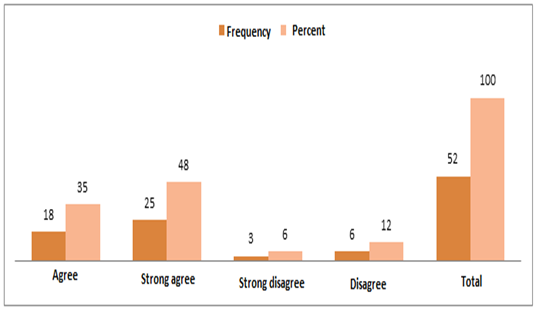
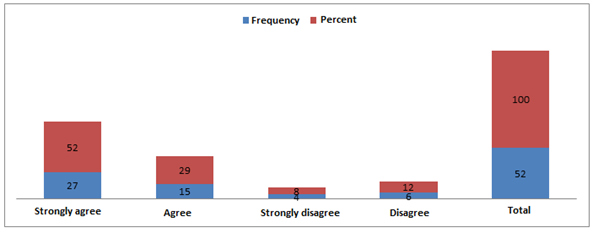
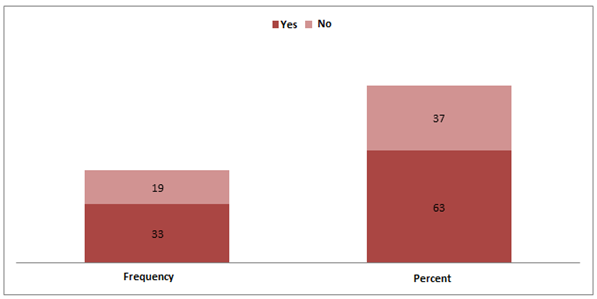
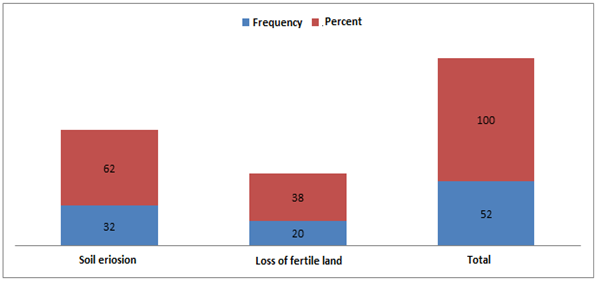
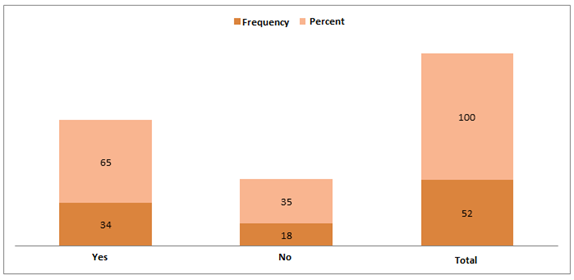
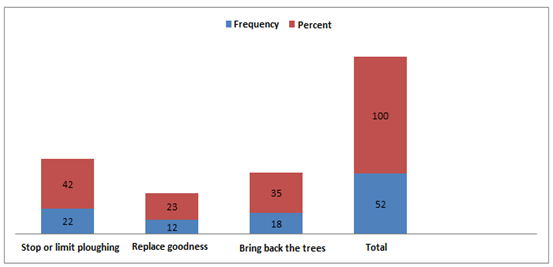
 Impact Factor: * 3.6
Impact Factor: * 3.6 CiteScore: 2.9
CiteScore: 2.9  Acceptance Rate: 11.01%
Acceptance Rate: 11.01%  Time to first decision: 10.4 days
Time to first decision: 10.4 days  Time from article received to acceptance: 2-3 weeks
Time from article received to acceptance: 2-3 weeks 